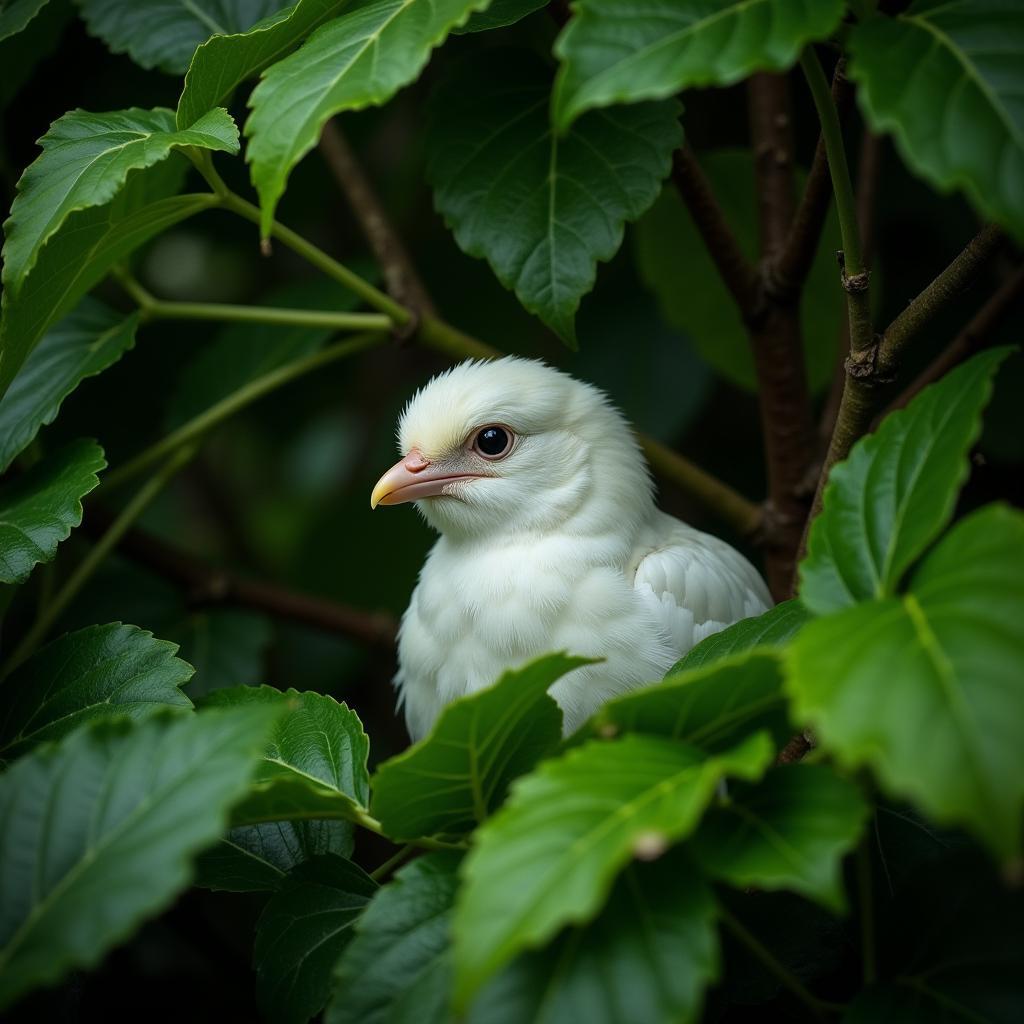Unveiling African Art Value: A Journey Through History, Culture, and Significance
African Art Value is a multifaceted topic encompassing historical significance, cultural relevance, artistic merit, and market value. From ancient sculptures to contemporary paintings, African art tells stories of diverse cultures, traditions, and beliefs. Understanding these nuances is crucial to appreciating the true depth and richness of African art. Let’s delve into the factors that contribute to its unique position in the global art world.
The Historical Significance of African Art
African art is not a monolithic entity. It represents a vast array of styles, materials, and purposes, reflecting the continent’s diverse history and its 54 distinct nations. Ancient Egyptian art, with its iconic pyramids and hieroglyphics, stands as a testament to a sophisticated civilization. West African kingdoms, such as Benin and Ife, produced magnificent bronze and terracotta sculptures that served both religious and political functions. The artistic traditions of these and other regions flourished for centuries, playing a vital role in shaping cultural identity and preserving historical narratives. These historical roots significantly contribute to the intrinsic value of African art. For a glimpse into the lifestyle that fostered such artistic expression, explore about african lufe style.
Cultural Relevance and Artistic Merit: Beyond the Aesthetic
African art is deeply intertwined with the social, religious, and political fabric of African communities. Masks, sculptures, textiles, and other art forms are often used in ceremonies, rituals, and storytelling, serving as powerful symbols of cultural identity and ancestral heritage. The craftsmanship and artistry involved in creating these pieces reflect generations of knowledge and skill passed down through families and communities. Beyond their aesthetic appeal, these objects hold profound cultural meaning. This cultural significance is a crucial element in determining African art value, adding layers of meaning that transcend purely artistic considerations.
Understanding the Market Value of African Art
The market value of African art has seen significant growth in recent decades, with increasing recognition of its artistic merit and historical importance. Factors such as provenance, rarity, artistic quality, and historical context influence the price of African art pieces. While some pieces have fetched record prices at international auctions, it’s important to note that the market can be complex and volatile. Understanding the nuances of the market requires careful research and consultation with reputable experts. For instance, understanding the historical context of items like african brass bangles can greatly enhance their perceived value.
Navigating the African Art Market
What drives the value of African art? Several interconnected factors contribute, including the growing global interest in African art, increased museum acquisitions, and the emergence of specialized galleries and auction houses. The internet has also played a significant role in connecting buyers and sellers across the globe. However, it’s essential to be aware of ethical considerations surrounding the acquisition of African art, including issues of provenance and cultural patrimony.
How can I determine the authenticity of African art?
Determining the authenticity of African art requires expertise and careful examination. Consulting with reputable dealers, appraisers, and art historians is crucial. Authenticity is established based on factors like style, materials, techniques, and provenance. Careful research and due diligence are essential for making informed decisions when buying African art.
 Contemporary African Art in the Global Market
Contemporary African Art in the Global Market
The Future of African Art Value
A renowned art historian, Dr. Anika Olumide, states, “African art is finally receiving the recognition it deserves. Its influence on global art is becoming increasingly evident, and its value will continue to rise as more people understand its historical and cultural significance.” This growing appreciation signifies a positive trajectory for African art value. As more collectors, museums, and art enthusiasts recognize the unique qualities of African art, its place in the global art world will undoubtedly become even more prominent. Another expert, Professor Kwame Asante, adds, “The richness and diversity of African art are unparalleled. It’s a dynamic field that continues to evolve and inspire.” These insights underscore the continued importance and growing influence of African art in the world today. Perhaps you’re interested in powerful figures, like those referenced in african boy names that mean warrior.
Conclusion
African art value is more than just a monetary figure; it represents the culmination of historical significance, cultural depth, artistic mastery, and market dynamics. As we have explored, understanding these elements is key to appreciating the true value of African art. By engaging with the rich history and vibrant cultures behind these creations, we can gain a deeper appreciation for their significance in the world. Continue exploring the beauty and depth of African art, and discover its intrinsic value.
FAQ
- What are the different types of African art?
- How can I start collecting African art?
- What are some famous African artists?
- Where can I find reputable African art dealers?
- How is African art being preserved for future generations?
- What is the impact of colonialism on African art?
- How is technology influencing the African art market?
For further assistance, please contact us: Phone: +255768904061, Email: kaka.mag@gmail.com, or visit us at Mbarali DC Mawindi, Kangaga, Tanzania. We have a 24/7 customer service team.

